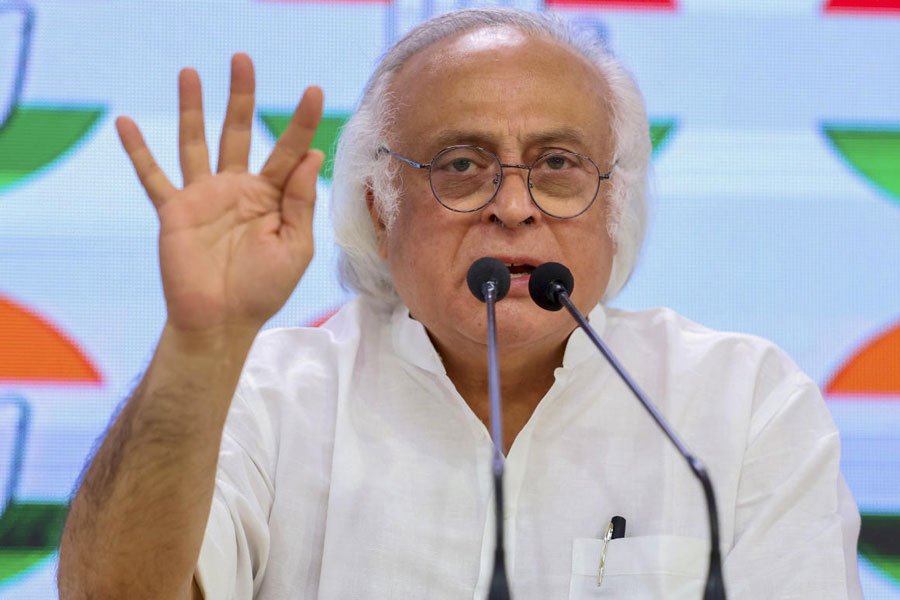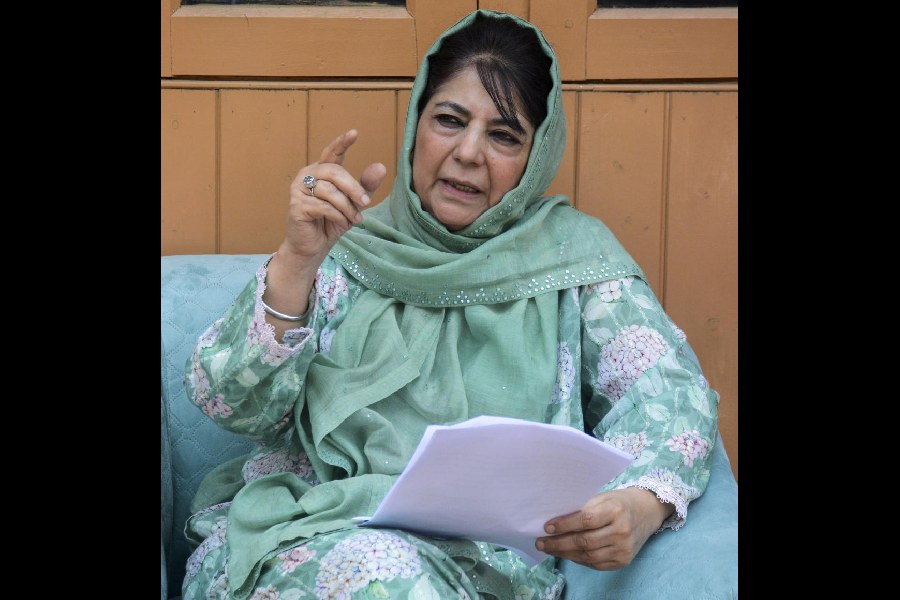Bhubaneswar, Jan. 2: The tsunami attacks might not have affected Orissa as much as it did the southern states but that is no reason for the state government to be complacent, as Bhubaneswar, Cuttack and the Hirakud dam in Sambalpur city are located in seismic zone III.
Geological experts say Orissa lies over several seismic fault lines. A fault line is a weak plane deep down in the earth or even on the earth?s surface along which rocks break due to the continuous pressure they are subjected to. Once the rocks crack, one side may slip up or down or move laterally.
The Brahmani Fault in the vicinity of Bonaigarh in Sundargarh district is among them. Several deep-seated faults are situated beneath the Mahanadi Delta.
According to former Geological Survey of India deputy director P.N. Nayak, 17 of the 30 districts in Orissa are in seismic zone II.
The Indian seismic design code divided India into five zones ? zone I referring to the areas with least likelihood of damaging earthquakes, and progressively zone V referring to areas with maximum likelihood of damaging earthquakes.
Most parts of southern Orissa and parts of Keonjhar and Mayurbhanj come under the zone II, but the stretch of land between Chilika Lake and Bhitarkanika up to the Jharsuguda?Sundargarh-Chhattisgarh border, including Bhubaneswar, Cuttack, Sambalpur, Dhenkanal (Mahanadi Graben) and a part of Balasore district come under the Zone III.
This means that the twin cities and the hinterland including the Hirakud dam are in the same seismic zone as Ahemedabad (2001) and Jabalpur (1997), said Nayak.
The dam, the longest in the world and one of the the largest dams on earth, can wash away millions if its bursts open following an earthquake. However, Orissa state disaster mitigation authority managing director N. Sanyal said he expected the Hirakud dam to withstand a normal quake.
?I think the builders of the dam would have factored a potential earthquake while making the dam,? said Sanyal.
The Bureau of Indian Standards (BIS) last updated the seismic hazard map of India in 2000. There are no major changes in the zones in Orissa with the exception of the merging of zones I and II in the 1984 BIS map.











